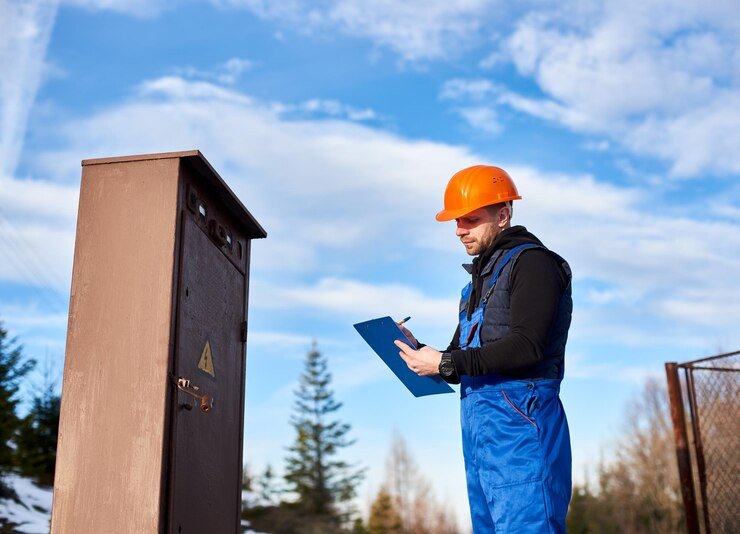Uninterrupted power supply (UPS) systems are essential tools for maintaining stability during unexpected power outages, especially in critical operations and extreme conditions like those encountered in snowy terrains or subzero environments. This article explores the intricacies of identifying, procuring, and implementing an effective UPS solution under challenging conditions. We will examine the role of UPS systems, the factors to consider while locating one for specialized needs, and best practices to ensure optimal performance in demanding settings.
1. Importance of an Uninterruptible Power Supply in Snowbreak Conditions
Snowbreak locate uninterruptible power supply scenarios can disrupt operations, jeopardize equipment, and cause significant financial losses. A reliable UPS ensures seamless transition during power cuts, protecting sensitive systems like servers, medical devices, and communication tools.
In snowbreak regions, the stakes are higher as adverse weather can exacerbate outages and make repair efforts more challenging. A robust UPS not only provides immediate backup power but also safeguards devices from surges, maintaining stability during unstable power conditions. Its ability to support mission-critical operations makes it an indispensable asset in these regions.
2. Key Features to Consider for a Snowbreak-Ready UPS
When searching for a UPS suitable for snowy or harsh environments, it’s crucial to focus on specific features tailored to withstand extreme conditions. Look for units with high-capacity batteries, temperature-resistant components, and enhanced surge protection.
Durability is a primary consideration, as the equipment must function reliably under freezing temperatures. Some UPS systems are designed with built-in heaters to maintain battery efficiency, while others have rugged casings to withstand physical stress. Advanced monitoring systems that provide real-time alerts about battery health and power status are invaluable for proactive management in these conditions.
3. Locating and Procuring the Right UPS System
Finding a suitable UPS system for snowbreak operations requires thorough research and a clear understanding of the operational demands. Consulting with specialized vendors or manufacturers who cater to extreme weather applications can significantly narrow down the options.
Local suppliers familiar with the environmental challenges of snowbreak regions often have the expertise to recommend reliable models. Alternatively, online platforms provide access to a global marketplace, allowing organizations to compare products and specifications. The procurement process should also factor in maintenance services and warranties to ensure long-term reliability.
4. Installation and Deployment in Challenging Environments

Deploying a UPS system in snowbreak regions demands meticulous planning and skilled execution. Installation sites must be chosen carefully to provide adequate protection from snow, ice, and moisture. Indoor installations in insulated areas are ideal, though external units should be equipped with weatherproof enclosures.
Technicians should ensure that the UPS is integrated seamlessly with existing power infrastructures, conducting rigorous testing to verify its functionality. Regular maintenance checks are equally important to address issues like battery degradation or component wear, which can be accelerated in harsh climates.
5. Optimizing Performance Through Best Practices
Even the most advanced UPS systems require proper management to deliver optimal performance. Organizations should implement strategies such as regular testing, firmware updates, and capacity assessments to keep the system running efficiently.
For snowbreak regions, remote monitoring tools are particularly advantageous, allowing users to track power conditions and respond promptly to any anomalies. Training personnel on UPS operation and emergency protocols further enhances preparedness, minimizing downtime during critical moments.
6. Case Studies: Successful UPS Deployment in Snowbreak Regions
Numerous success stories illustrate the transformative impact of UPS systems in snow-prone areas. For instance, a telecom company operating in a remote snowbreak location installed a high-capacity UPS integrated with renewable energy sources like solar panels. This solution provided uninterrupted connectivity during prolonged outages, boosting service reliability and customer satisfaction.
Similarly, a healthcare facility in a mountainous region deployed a specialized UPS system to safeguard life-support equipment during severe winter storms. The system’s real-time monitoring capabilities allowed staff to manage power seamlessly, ensuring patient safety and operational continuity.
Conclusion:
In snowbreak conditions, the need for a dependable uninterruptible power supply is paramount. By understanding the critical features, leveraging expert guidance, and following best practices for installation and maintenance, organizations can ensure resilience in the face of power disruptions. Whether supporting essential services or protecting valuable assets, the right UPS system is a cornerstone of reliability and efficiency in challenging environments.

